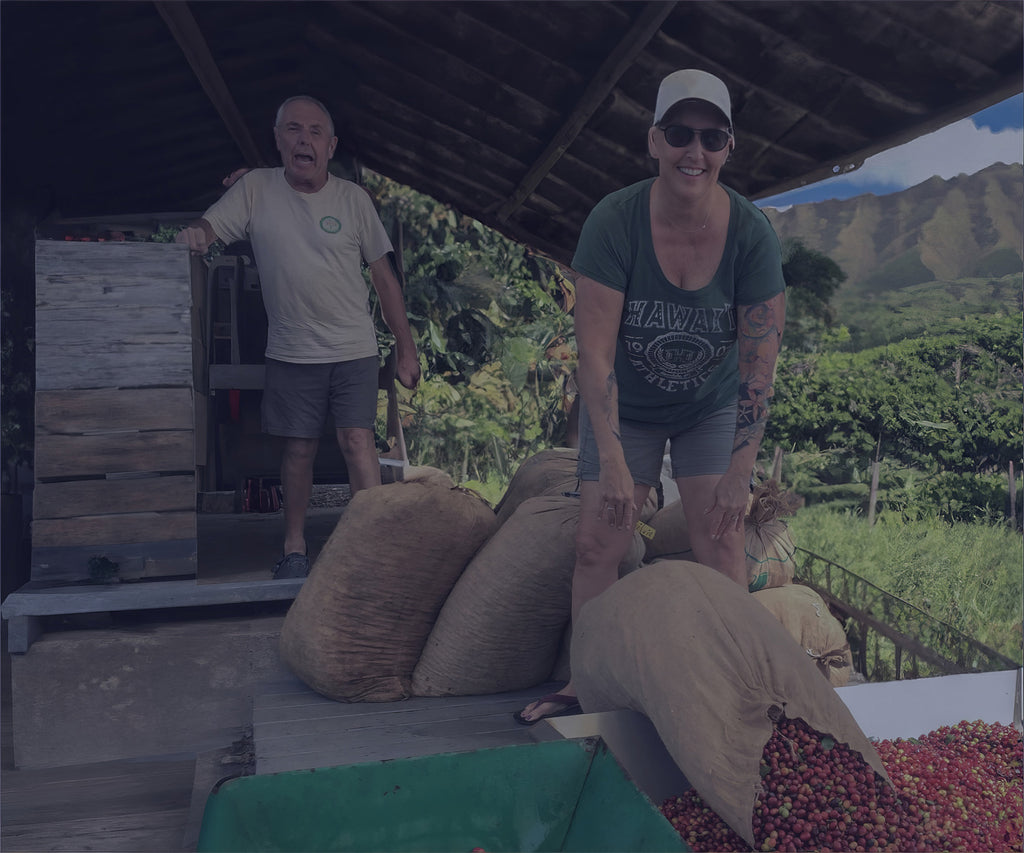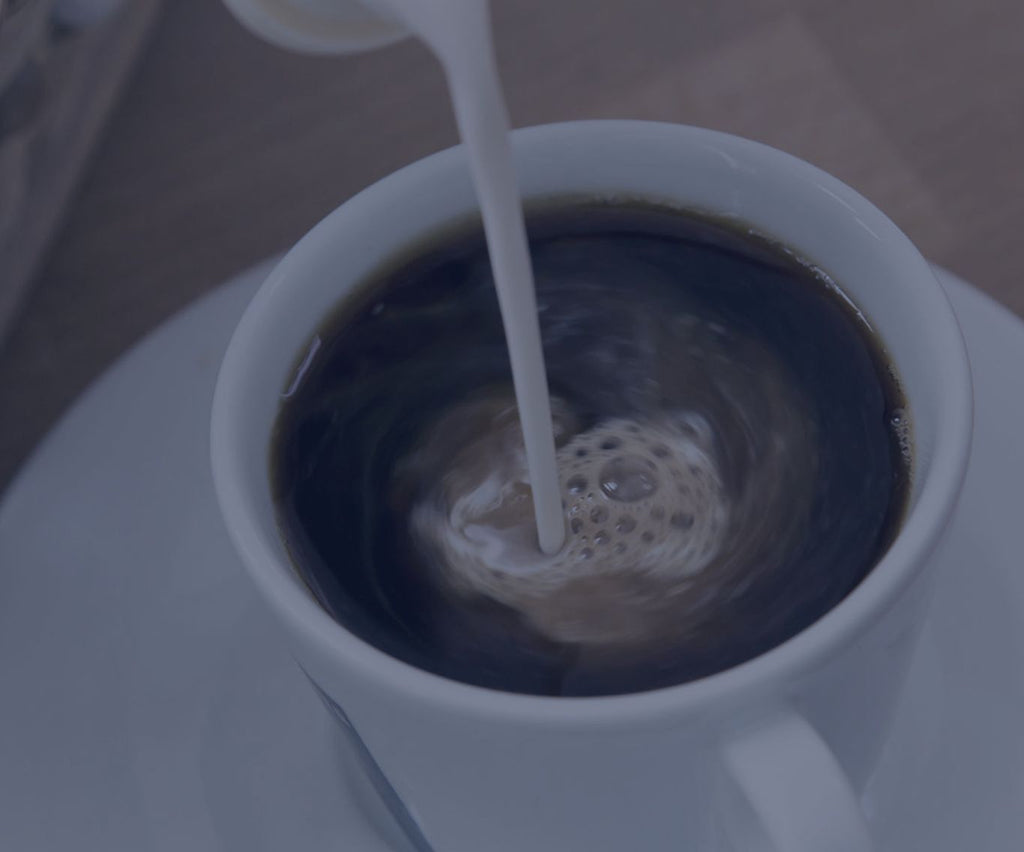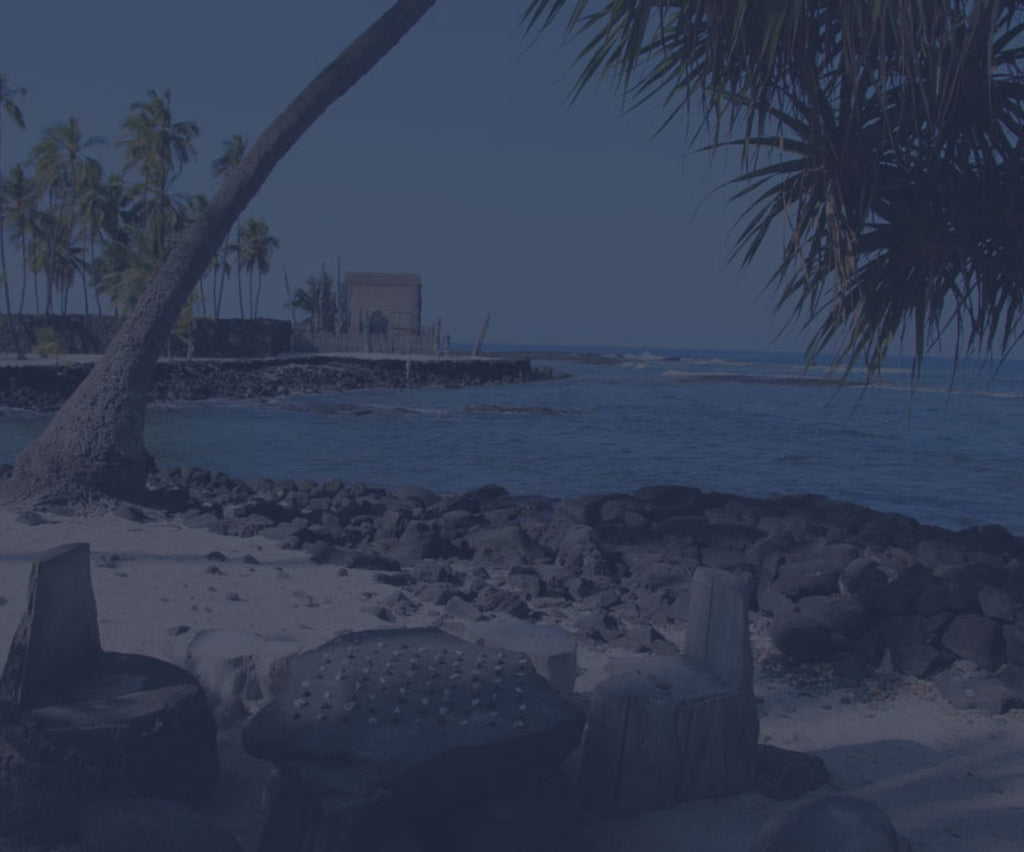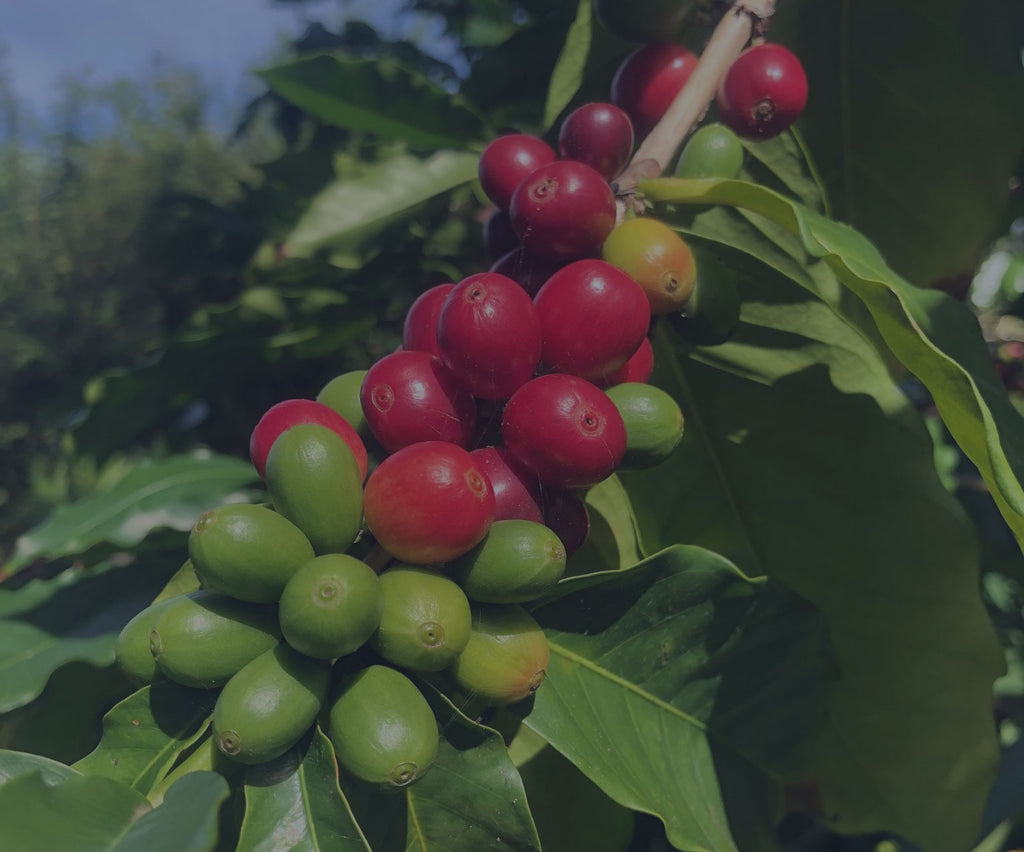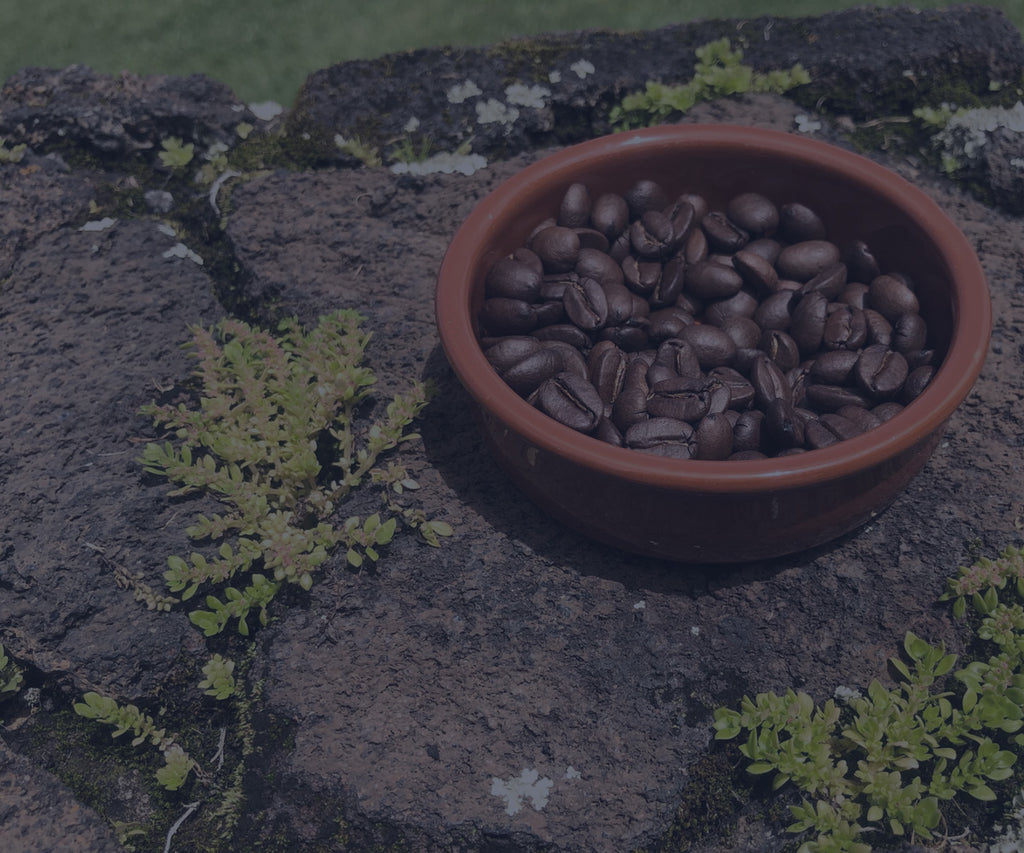
Our Beans are the Real Deal
100% Kona Coffee: What it Means and Why it Matters
Jun 26, 2024
At Brazen Hazen, we think the richness of Kona Coffee is a true gem that demands to be experienced and savored. With its smooth velvety texture and enticing aroma, each cup you brew will transport you to a world of paradise. But what does Kona Coffee mean and why does it matter?
Kona Coffee is the term for an Arabica coffee grown exclusively in the Kona District on the island of Hawaii (known commonly as the “Big Island.”) Roughly 35 miles long, a mile and a half wide, and at an elevation between 500 to 3,200 feet, the Kona District sits on slopes of the Mauna Loa and Hualalai volcanoes.
With its consistent temperature, well-drained mineral rich soil, and 70-plus inches of rainfall a year the Kona District has the perfect climate for coffee to thrive. Kona Coffee is known for its smooth, mellow, and well-balanced taste with low acidity. It often exhibits notes of nuttiness, chocolate, and sometimes fruity undertones. It is considered by coffee connoisseurs as some of best in the world due to its high quality, unique flavor profile, and limited production.
When purchasing coffee grown in this unique terroir, there’s an important distinction between the terms “Kona Coffee” and “100% Kona Coffee.” As of this writing, a product being sold only needs to contain 10% Kona Coffee to be labeled as “Kona Coffee.” Meaning you could purchase a product you believed to be entirely Kona
Coffee but is a mixture of Kona and potentially inferior beans. In its current state, the law doesn’t stop companies from using the Kona label for low-quality, high-profit coffee that often misleads consumers. An example of this is when companies use logos and branding utilizing Hawaiian iconography (such as images of hula dancers, palm trees, or outlines of the Hawaiian Islands) but the coffee only contains 10% Kona coffee, the rest from elsewhere. Not only is this marketing deceptive, but it also competes with small farmers producing pure, 100% Kona coffee.

